In today’s fast-paced world, the way we design and utilize office spaces has evolved significantly, with sustainability taking center stage as both a moral imperative and a strategic business decision. Sustainable office designs are not just about reducing environmental impact—they’re about creating spaces that foster productivity, well-being, and long-term success. From energy-efficient lighting to recycled materials and biophilic architecture, modern office design is embracing principles that benefit both people and the planet. Whether you’re looking to reduce your office’s carbon footprint or simply create a healthier work environment, understanding the key components of sustainable office design is crucial. This article dives into the essential aspects of sustainable design, exploring the 6 R’s—reduce, reuse, recycle, reflect, respect, and respond—and delves into the transformative power of biophilic architecture. Discover how these elements can revolutionize your workspace and contribute to a more sustainable future.
Key Takeaways
- Adopt solar panels and energy-efficient appliances to reduce reliance on non-renewable resources.
- Use sustainable materials like bamboo and recycled wood to minimize environmental impact.
- Install rainwater harvesting systems to conserve water resources.
- Integrate green roofs and native plants to support local ecosystems.
- Practice composting and recycling to reduce landfill waste.
- Employ modular construction and demountable furniture for a circular economy.
- Opt for biodegradable materials like organic cotton to reduce environmental harm.
- Reduce resource consumption to lower energy, water, and material use.
- Reuse materials to extend product lifespans and reduce waste.
- Recycle when reduction and reuse aren’t feasible.
- Rethink traditional methods for innovative sustainable solutions.
- Refrain from unnecessary items to avoid environmental harm.
- Repair items before discarding to minimize waste.
- Use natural materials like wood and plants to connect with nature.
- Incorporate natural patterns and textures for aesthetic appeal.
- Provide views of nature through windows and green roofs.
- Maximize natural light and ventilation for healthier spaces.
- Create green spaces and habitats to support biodiversity.
- Prioritize sustainability with eco-friendly systems and materials.
- Improve mental health by reducing stress and anxiety.
- Boost productivity and creativity in workspaces.
- Lower carbon emissions and reduce urban heat islands.
Biophilic architecture is essential for creating sustainable, livable communities.
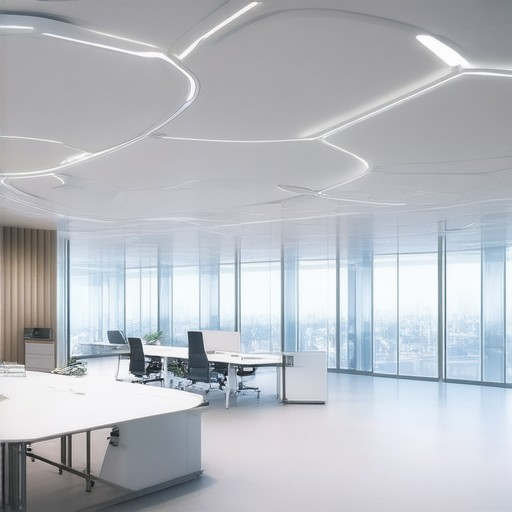
How to Make Your Office More Sustainable
Sustainability starts with small changes that can make a big impact. Here’s a step-by-step guide to transforming your office into a more eco-friendly space:
- Reduce Waste:
- Install recycling bins for paper, plastic, and glass.
- Separate trash into landfill and recycling bins properly.
- Consider a compost bin for organic waste.
- Conserve Energy:
- Turn off electronics and lights when not in use.
- Install solar panels to reduce grid dependency.
- Use energy-efficient appliances and LED lighting.
- Save Water:
- Use a reusable bottle fountain instead of a water cooler.
- Fix leaky pipes and faucets promptly.
- Eco-Friendly Purchasing:
- Purchase locally-sourced and organic products.
- Choose biodegradable office supplies.
- Minimize Toxins:
- Switch to eco-friendly cleaning products.
- Use natural solutions like vinegar and baking soda.
- Waste Reduction Program:
- Track progress with a waste audit tool.
- Encourage a bring-your-own-mug policy.
- Collaborate and Educate:
- Partner with neighboring businesses for resource sharing.
- Join a sustainability network for insights.
- Host employee workshops on eco-friendly practices.
- Monitor Progress:
- Set up a sustainability report card.
- Share success stories to inspire others.
- Lead by Example:
- Take initiative in implementing changes.
- Promote sustainability through social media or a blog.
Sustainable Office Design
Sustainable office design is a holistic approach to creating workspaces that minimize environmental impact while maximizing functionality and employee well-being. This approach integrates principles of sustainability, efficiency, and innovation to foster a productive and eco-conscious environment.
At its core, sustainable office design focuses on several key areas:
- Material Selection: Using sustainable materials such as recycled steel, FSC-certified wood, low-VOC paint, and bamboo furniture reduces the environmental footprint of the workspace.
- Energy Efficiency: Implementing energy-efficient lighting, smart building automation, and renewable energy sources like solar panels significantly lowers energy consumption and costs.
- Water Conservation: Installing water-saving fixtures and implementing rainwater harvesting systems helps conserve this precious resource.
- Waste Reduction: Adopting zero-waste policies, composting programs, and recycling initiatives minimize landfill contributions and promote a circular economy.
- Indoor Air Quality: Incorporating plants, natural light, and air-purifying technologies ensures a healthy indoor environment for employees.
- Certifications: Pursuing certifications like LEED (Leadership in Energy and Environmental Design) or BREEAM (Building Research Establishment Environmental Assessment Method) validates and promotes sustainable practices.
Eco Planeta Verde advocates for a step-by-step approach to achieving sustainable office design. Start by assessing your current energy usage and waste generation, then gradually implement changes. Engage your team to foster a culture of sustainability, and consider collaborating with professionals who specialize in green building practices.
By prioritizing sustainability, organizations not only contribute to a healthier planet but also enhance productivity and employee satisfaction. At Eco Planeta Verde, we believe every small step toward sustainability adds up to a big difference. Let’s work together to create offices that are as environmentally responsible as they are functional.
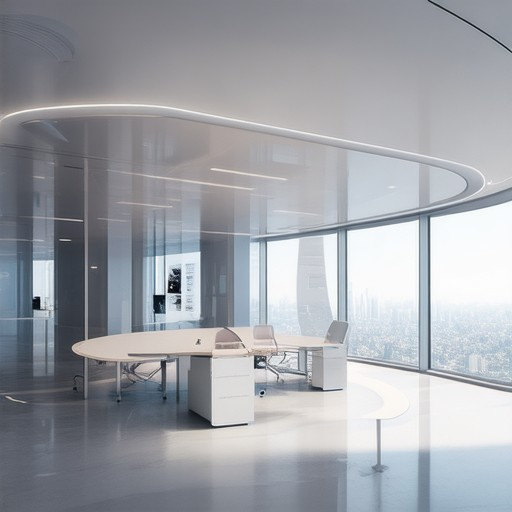
What Are the 4 Common Features of Sustainable Design?
Eco Planeta Verde is committed to promoting sustainable design principles that benefit both people and the planet. Here are the key features that define sustainable design:
-
Reducing Non-Renewable Energy Consumption
Sustainable design focuses on minimizing the use of fossil fuels and non-renewable energy sources. By incorporating renewable energy systems like solar panels or wind turbines, we can significantly reduce our carbon footprint.
-
Using Environmentally Preferable Products
Choosing materials that have a lower environmental impact is essential. This includes selecting products made from recycled materials, biodegradable substances, or sustainably harvested resources.
-
Conserving Water Resources
Sustainable design often includes water-saving features. This can involve the use of rainwater harvesting systems, greywater recycling, or water-efficient appliances to minimize waste.
-
Improving Indoor Air Quality
Healthy spaces are a cornerstone of sustainable design. This involves using low-VOC paints, adhesives, and building materials to create environments that promote better respiratory health and overall well-being.
Eco Planeta Verde encourages everyone to adopt sustainable practices in their daily lives. By understanding and implementing these principles, we can work towards a more eco-conscious future. Explore more tips and resources on our sustainable living section to learn how you can make a difference.
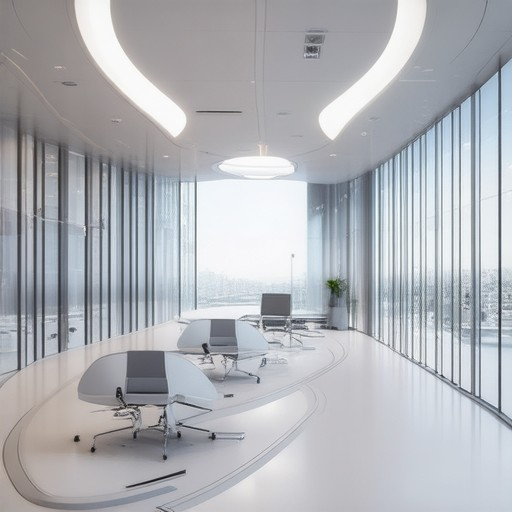
Sustainable Design Ideas
- Energy Efficiency: Incorporate solar panels, energy-efficient appliances, and passive solar design to reduce reliance on non-renewable resources.
- Material Selection: Use recycled and sustainable materials such as bamboo, hemp, and reclaimed wood to minimize environmental impact.
- Water Conservation: Implement rainwater harvesting systems and greywater recycling to conserve water resources.
- Biodiversity Integration: Design buildings with green roofs, vertical gardens, and native plant species to support local ecosystems.
- Waste Management: Adopt composting systems and recycling programs to reduce landfill waste and promote sustainable living.
- Circular Economy Principles: Use modular construction and demountable furniture to extend the lifespan of products and reduce waste.
- Biodegradable Materials: Utilize biodegradable materials and organic cotton for textiles to minimize environmental harm.
What are the 6 R’s of Sustainable Design?
The 6 R’s of sustainable design provide a practical framework for creating environmentally responsible solutions. Here’s a breakdown of each principle:
- Reduce : Minimize resource consumption by using less of what you need. This includes reducing energy, water, and material usage.
- Reuse : Find creative ways to repurpose materials rather than discarding them. Reusing items extends their lifecycle and reduces waste.
- Recycle : When reduce and reuse aren’t possible, recycle materials into new products to prevent them from going to landfills.
- Rethink : Challenge conventional approaches and innovate to develop sustainable alternatives that address root causes, not just symptoms.
- Refuse : Say “no” to unnecessary items or activities that harm the environment. This includes avoiding single-use plastics and excessive packaging.
- Repair : Fix damaged items before discarding them. This reduces waste and keeps usable goods in circulation longer.
Sustainable design isn’t just about individual actions—it’s about systemic change. By embracing these principles, we can create a more harmonious relationship between people, nature, and technology.
Want to learn more about sustainable living? Explore our website for tips, guides, and resources to make a positive impact on the planet.
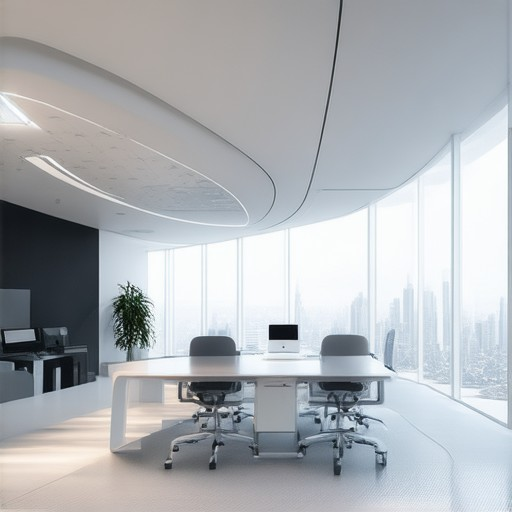
What is Biophilic Architecture?
Biophilic architecture is a design approach that integrates natural elements into built environments to enhance the well-being of occupants while minimizing ecological footprint. Rooted in the belief that humans have an inherent connection to nature, biophilic design emphasizes the use of natural materials, patterns, and views to create spaces that feel more alive and harmonious.
Principles of Biophilic Architecture
- Natural Materials : Incorporating materials like wood, stone, and plants to bring the outdoors indoors.
- Natural Patterns : Using geometric shapes and textures found in nature, such as spirals or fractals.
- Natural Views : Providing visual access to nature through windows, gardens, or green roofs.
- Light and Air : Maximizing natural light and ventilation to create healthier indoor environments.
- Biodiversity : Integrating green spaces and wildlife habitats to support local ecosystems.
- Sustainability : Emphasizing energy-efficient systems and recycled materials to reduce environmental impact.
Benefits of Biophilic Architecture
- Mental Health : Reduces stress and anxiety, improving overall well-being.
- Productivity : Enhances creativity and focus, particularly in workspaces.
- Environmental Impact : Lowers carbon emissions and reduces the urban heat island effect.
Examples of Biophilic Architecture
- Eden Project : A futuristic greenhouse in Cornwall, UK, showcasing biomes and sustainable practices.
- Bullitt Center : A net-zero energy building in Virginia, USA, designed to demonstrate sustainable living.
- Green Roofs : Rooftop gardens that provide insulation and green spaces in cities.
- Natural Light Integration : Skyscrapers with floor-to-ceiling windows to maximize natural light.
Conclusion
Biophilic architecture is not just a trend—it’s a necessary evolution in how we design our spaces. By reconnecting people with nature, it fosters a deeper appreciation for the environment while promoting personal and planetary well-being. At Eco Planeta Verde, we advocate for biophilic design in every aspect of our initiatives, recognizing it as a vital step toward creating sustainable, livable communities.

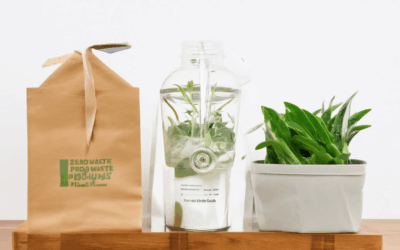

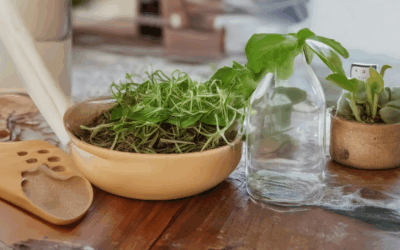
0 Comments